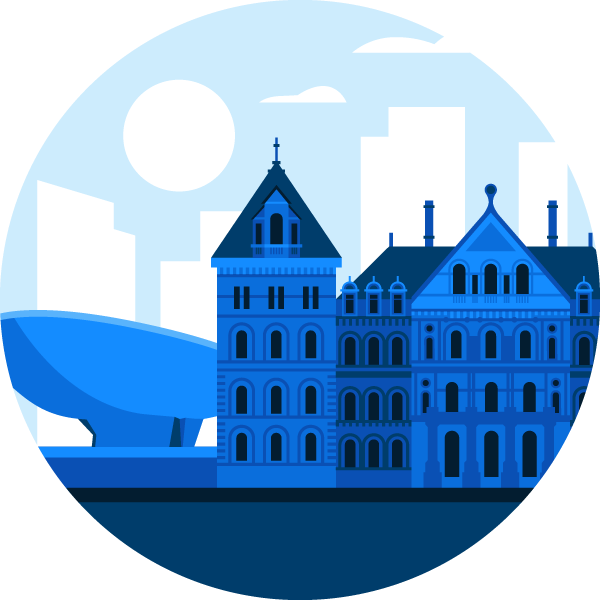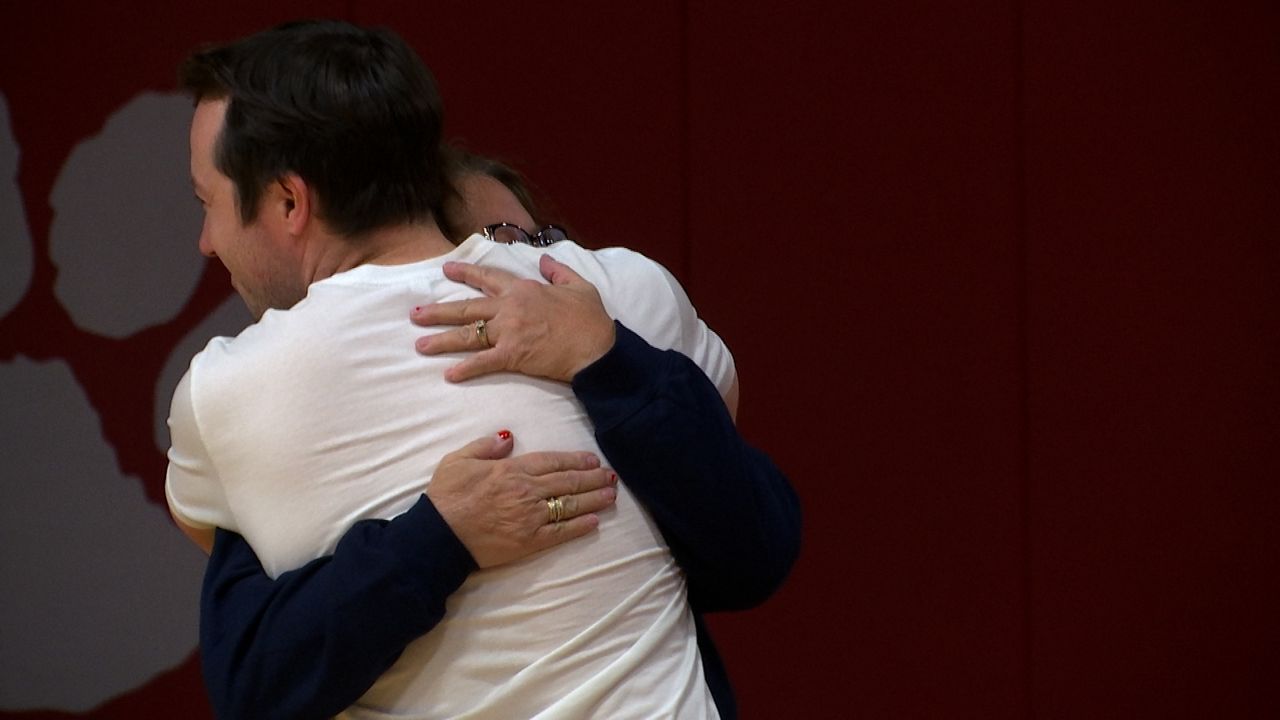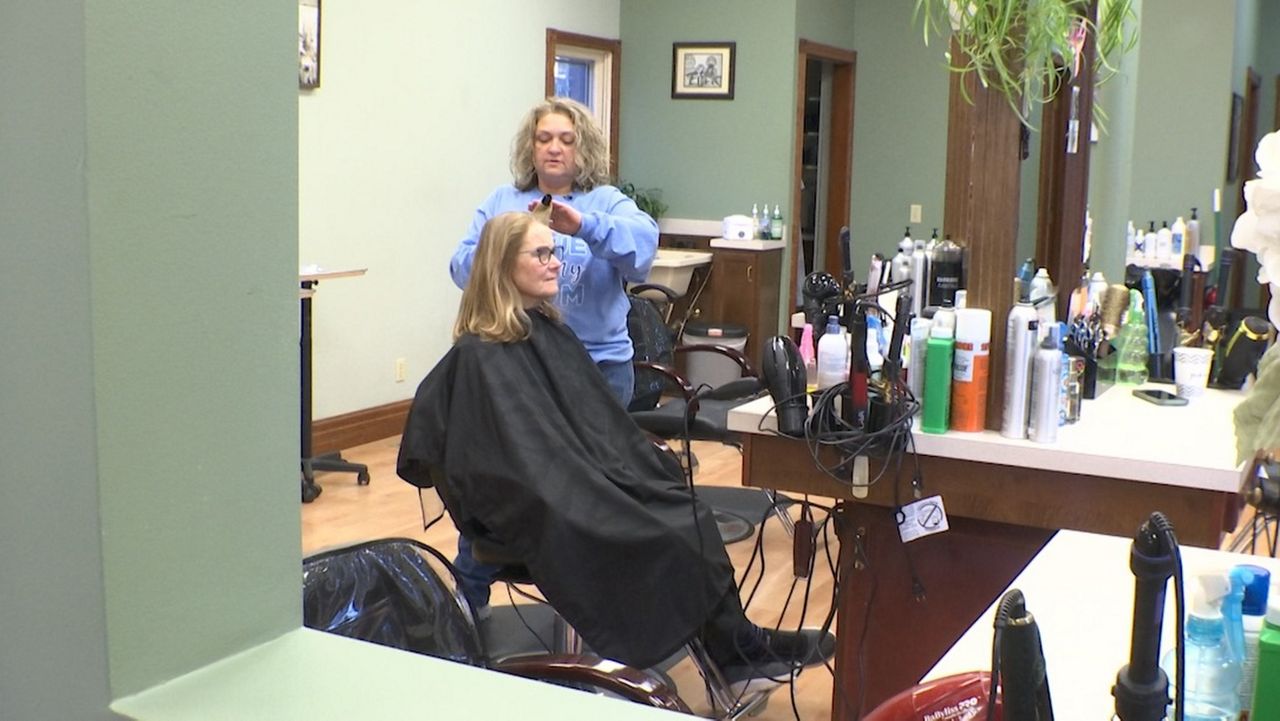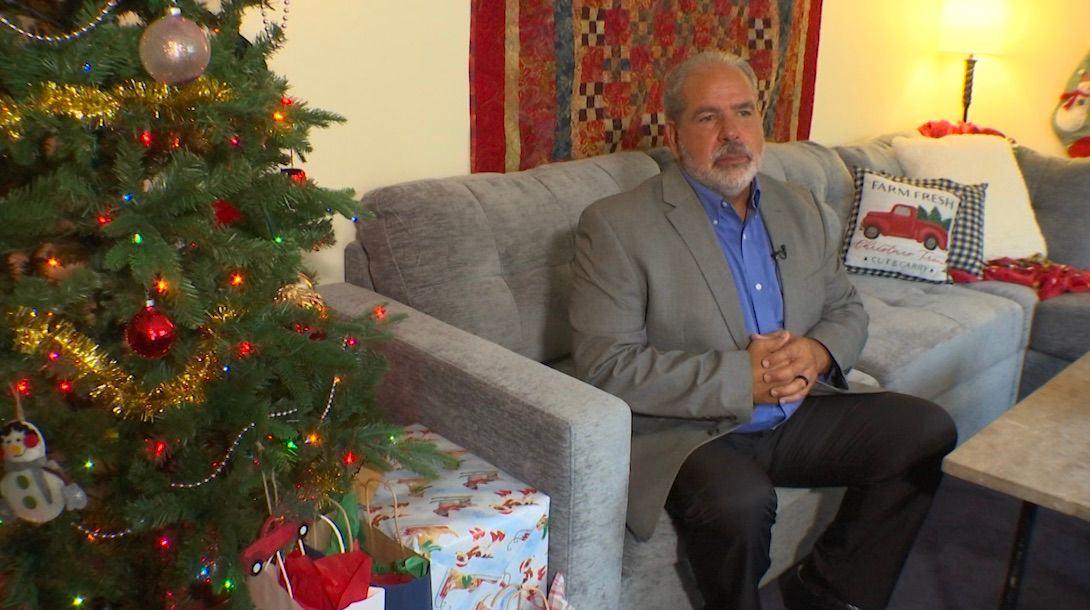The pandemic showcased the sacrifices made by front-line health care workers who worked tirelessly to keep New Yorkers healthy. But it also revealed a severe shortage of professionals in hospitals and clinics, and shined a light on the underrepresentation of minority groups in the health sector.
The Associated Medical Schools of New York is trying to address the diversity issue.
Savannah Stewart’s mother emigrated from Liberia. Her father was an African American living in Alabama and together, their struggle to fit in and feel represented became an inspiration for Stewart to break barriers and confront systemic racism.
“Working as a nurse, there were times where patients didn't trust her patients, family members didn't want to speak to her and they thought that she was a member of the staff or didn't have the position that she held because of what she looked like," said Stewart.
What You Need To Know
- According to the Associated Medical Schools of New York, underrepresented minorities, such as Black and Hispanic communities, make up 31% of New York's population
- New York's workforce only has 12% of Black and Hispanic population represented
- Health disparities within Black and Hispanic communities have been exacerbated since the COVID-19 pandemic
A medical student, Stewart said it’s extremely important for minorities to see themselves represented in health care. To have someone who understands how background and culture plays into their illnesses and its outcomes is vital.
But the road to that representation is not without challenges.
"When you're a student of color, there's always a worry that people won't think that you're qualified to do what you want to do, no matter how much you've been studying, how much effort you've put in," Stewart said. "And there's always that fear that someone won't want to work with you.”
To close the gap, the Associated Medical Schools of New York has an annual scholarship program which gives 30 students of color from educationally and/or economically underserved backgrounds an option they would not otherwise have.
Stewart is one of its recipients.
"This scholarship helped me so much along the way. First, from being in my (post-baccalaurate) program where I was allowed to take more courses and for the first time in my life, I was not working two jobs and also trying to fulfill science requirements," said Stewart.
This scholarship awards $42,000 per year for a maximum of four years and a minimum of two years. Upon finishing medical school, the students will work in an underserved area in the state.
To be eligible, the students must have completed one of the five post-baccalaureate programs of the Associated Medical Schools of New York. You can find more information on their website amsny.org.










